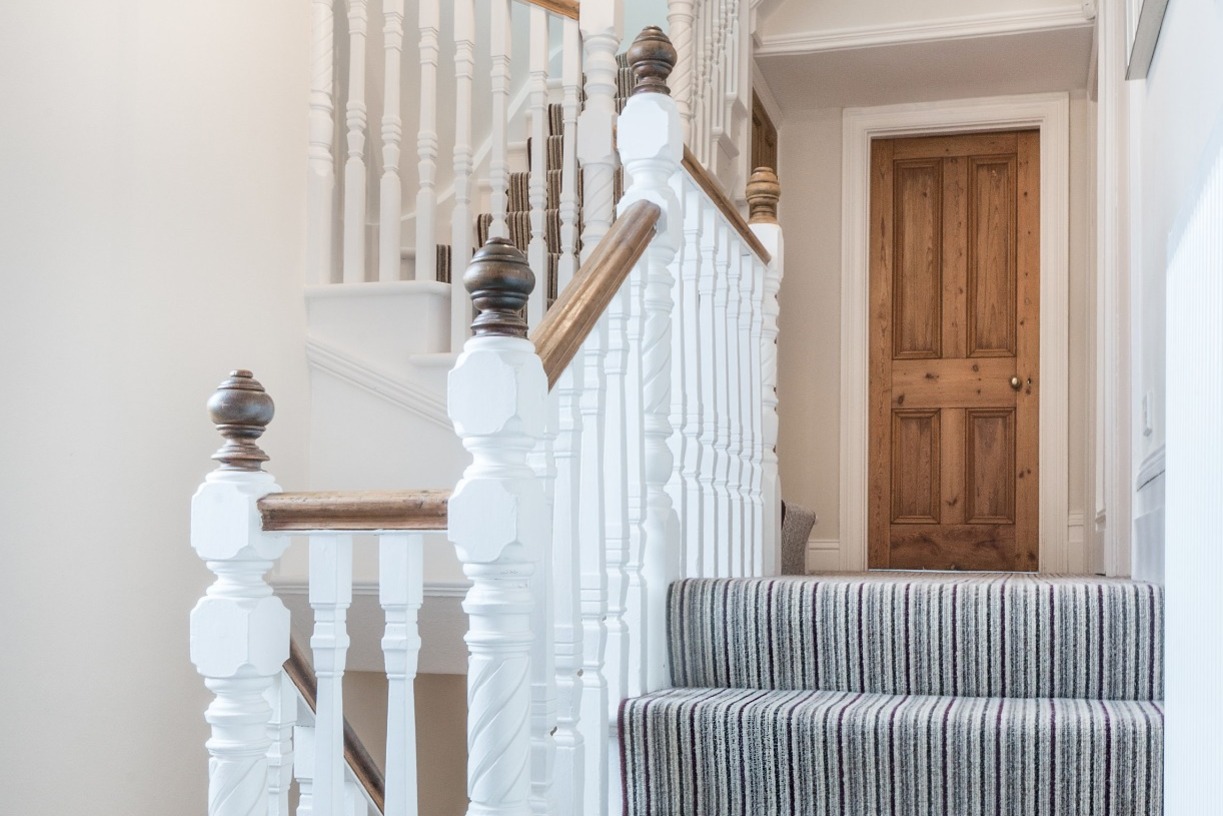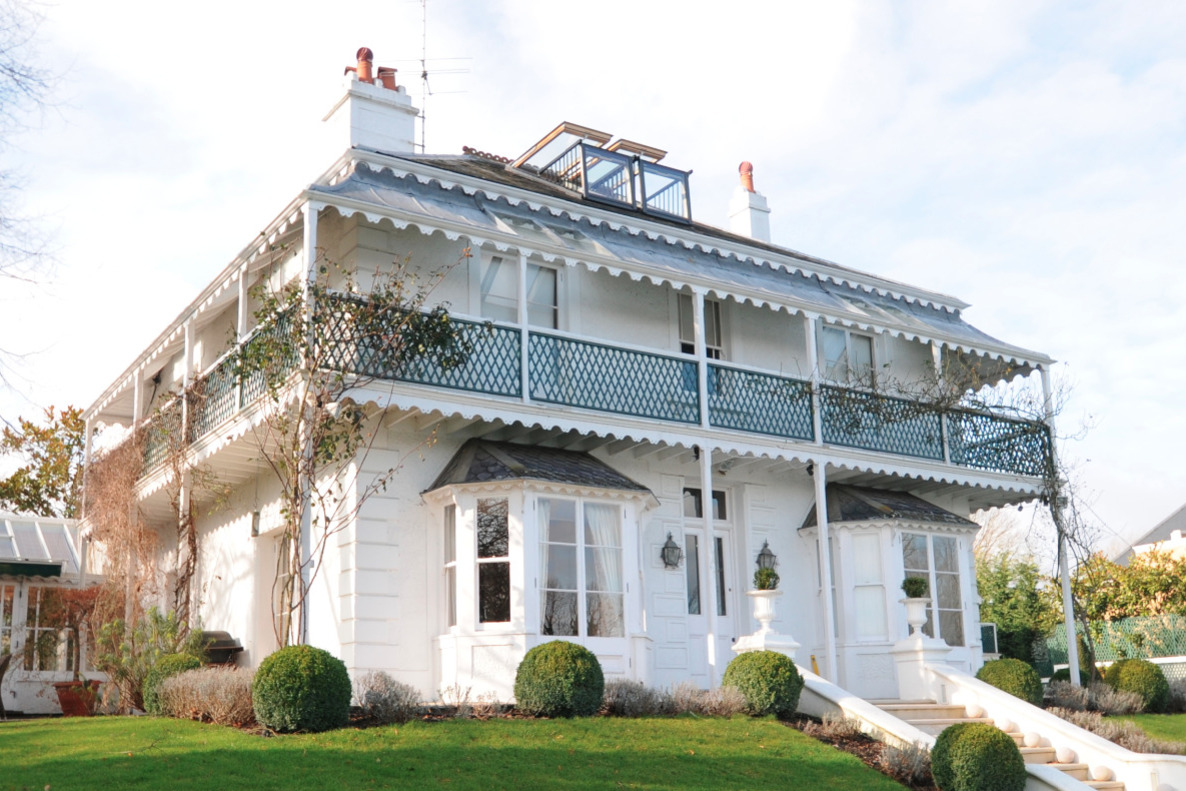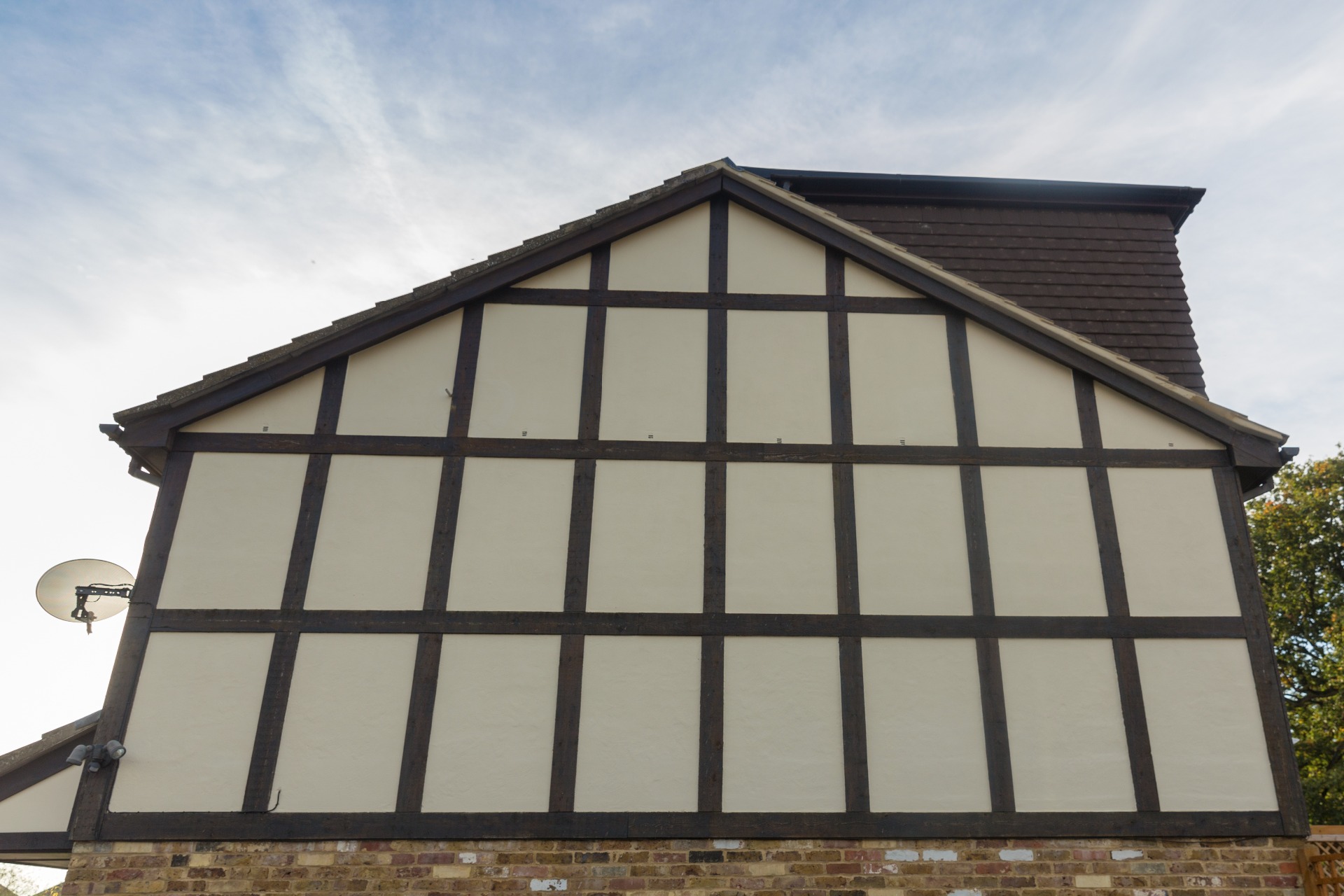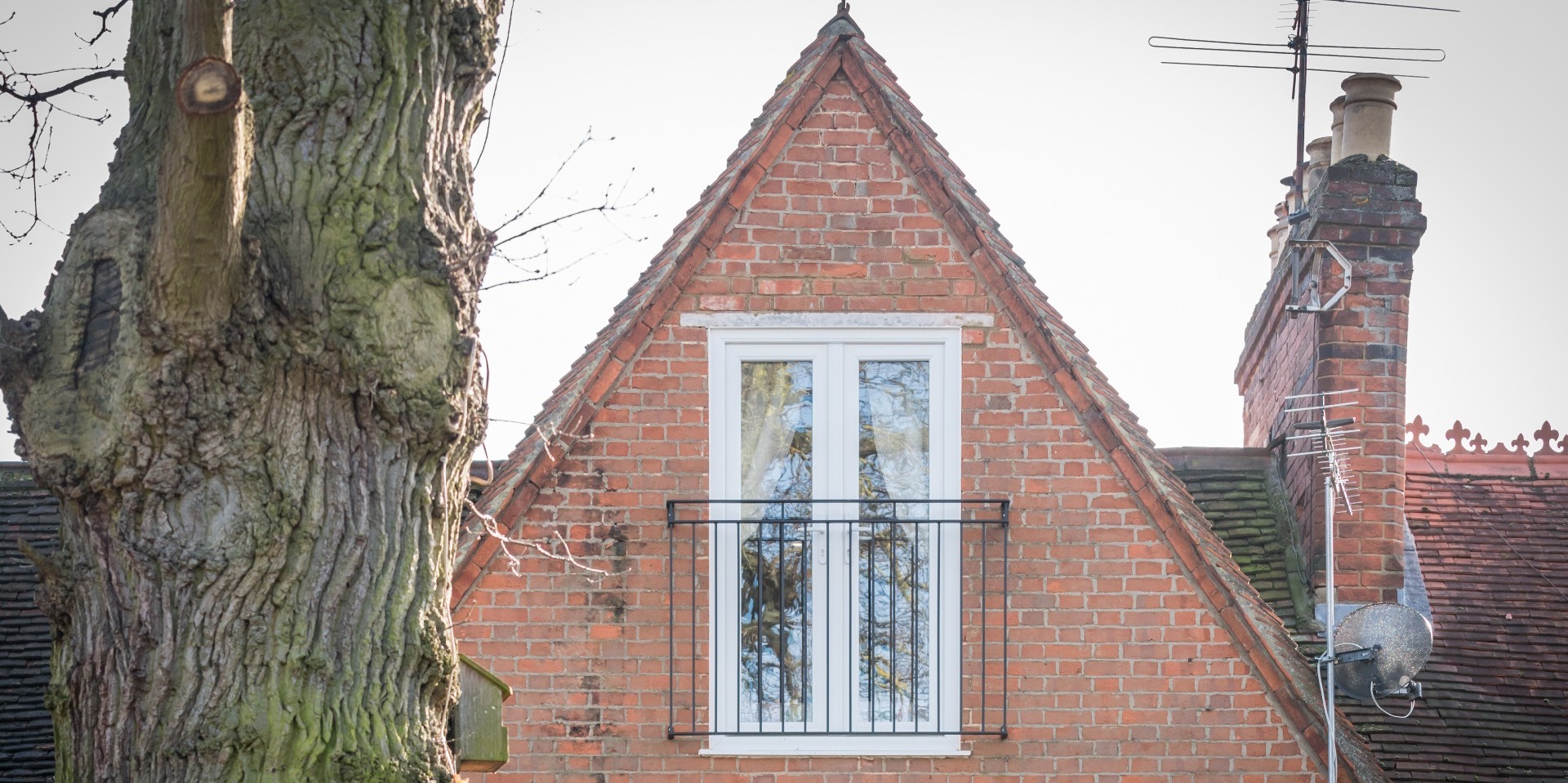7 Top Tips for planning your loft conversion
Posted on 22nd March 2018 at 10:59
There is so much to think about when considering a loft conversion that it can get overwhelming. From getting your head around planning permission, to picking a contractor, here are some of our top tips for tackling the initial stress.
1. Decide how you want to use the loft space
A loft conversion is generally done so to gain an additional bedroom, but this space makes a great family room, home office or children's playroom. We recommend that you have an idea of how you want to utilise the loft before getting plans drawn, so the architect and structural engineer can take this into consideration. After all, a cinema room may need more electrical sockets compared to a playroom!
2. Consider your staircase
The staircase into the loft can make a great feature within the property, however the configuration is often dependent on the layout of your home (normally above the existing staircase). Having the staircase constructed to match the existing one can be time-consuming but visually stunning. The new staircase can also take up a big chunk of space on the floor below, so the under-eave space is great for storage.
Check out this blog for some under-eave storage inspiration! http://bit.ly/2tFnD7R
3. Planning permission vs permitted development
Standard loft conversions, such as a Dormer or Rooflight, only require permitted development to be signed off of, though specific building regulations need to be adhered to. If your property is in a conservation area or you are extending more than 50m3 (40m3 for terraces), planning permission is necessary. Permitted development plans can take between six and twelve weeks to be approved.


4. Get at least three quotes for your loft conversion
Once you have your plans signed off, get quotations from your local loft specialists and builders. We often recommend to our clients that they receive as many quotes as possible as prices can differ dependant on what the company is offering. Many quote to complete the shell work only, meaning they do just the structural works (steels, timbers, roof and windows), leaving you to organise the rest. Others will quote for a ‘builder’s finish’ which includes all electrical and plumbing works, second fix and plastering – leaving you with just the decorating and furnishing to complete.
5. Be aware of the disturbance to normal family life
Having a loft conversion completed on your property is no small feat; it will be a construction site for at least eight weeks and your home life may be affected. Each loft conversion is different in that some require you to be out of the house for a few weeks whilst first floor ceilings are lowered, and some don’t need access to house until the staircase is installed (the structural work can be done from the outside in). Though to have your dream loft conversion space, dirt and noise and sweaty installers will just be a part of your life for an extended amount of time.


6. External appearance
Considering the windows in your new space is also important. A window too small, and the loft will be a dark and feel much smaller but too big, and the room will be too hot in the summer. Velux roof windows are a must for ventilation, and Juliette balconies where possible, are great for creating the feel of bigger space.
It is good idea to also have a look at the properties in your area that already have a loft conversion, to see how the home looks compared to one that doesn’t. For example, enormous dormers conversions can look unsightly, whereas zinc and aluminium cladding works well with older brickwork on Victoria properties.
7. Safety considerations
In unconverted properties, plasterboard ceilings in the upper floor will delay any potential fire, therefore once the staircase opening is creating, the risk is shared with the loft and safeguards must be put in place to counteract. Fire-resistant floors and doors to all rooms must be installed, and at least one mains-operated smoke alarm on each storey is required. These prerequisites, along-side a number of other musts, have to be in place before building control can sign off on your project. Your builder will be aware of these, and should consult you accordingly.
The Loft Access Company can provide all Architectural Design and structural plans necessary for a build, without needing commitment for the full Loft Conversion build.
Please note: There are a number of other important considerations that you must be aware before committing to a project. If you require any further information or guidance, please do get in touch.
Share this post:



